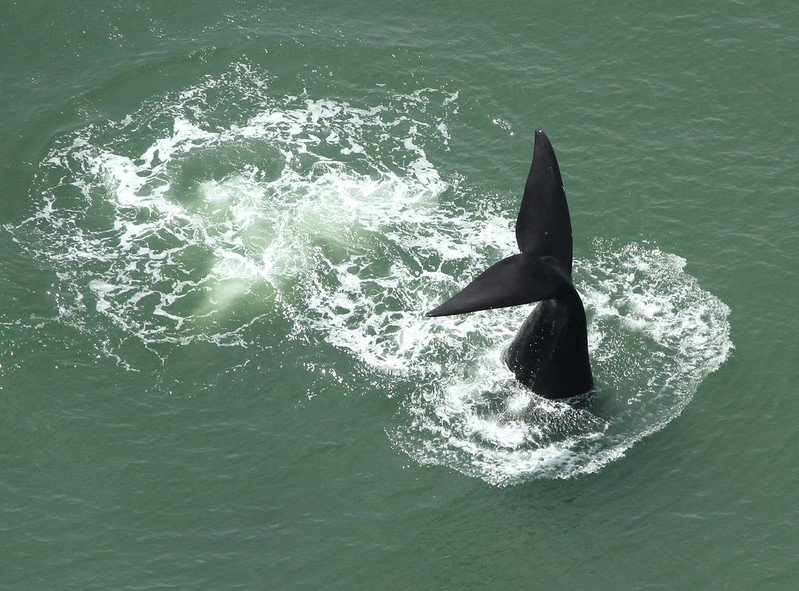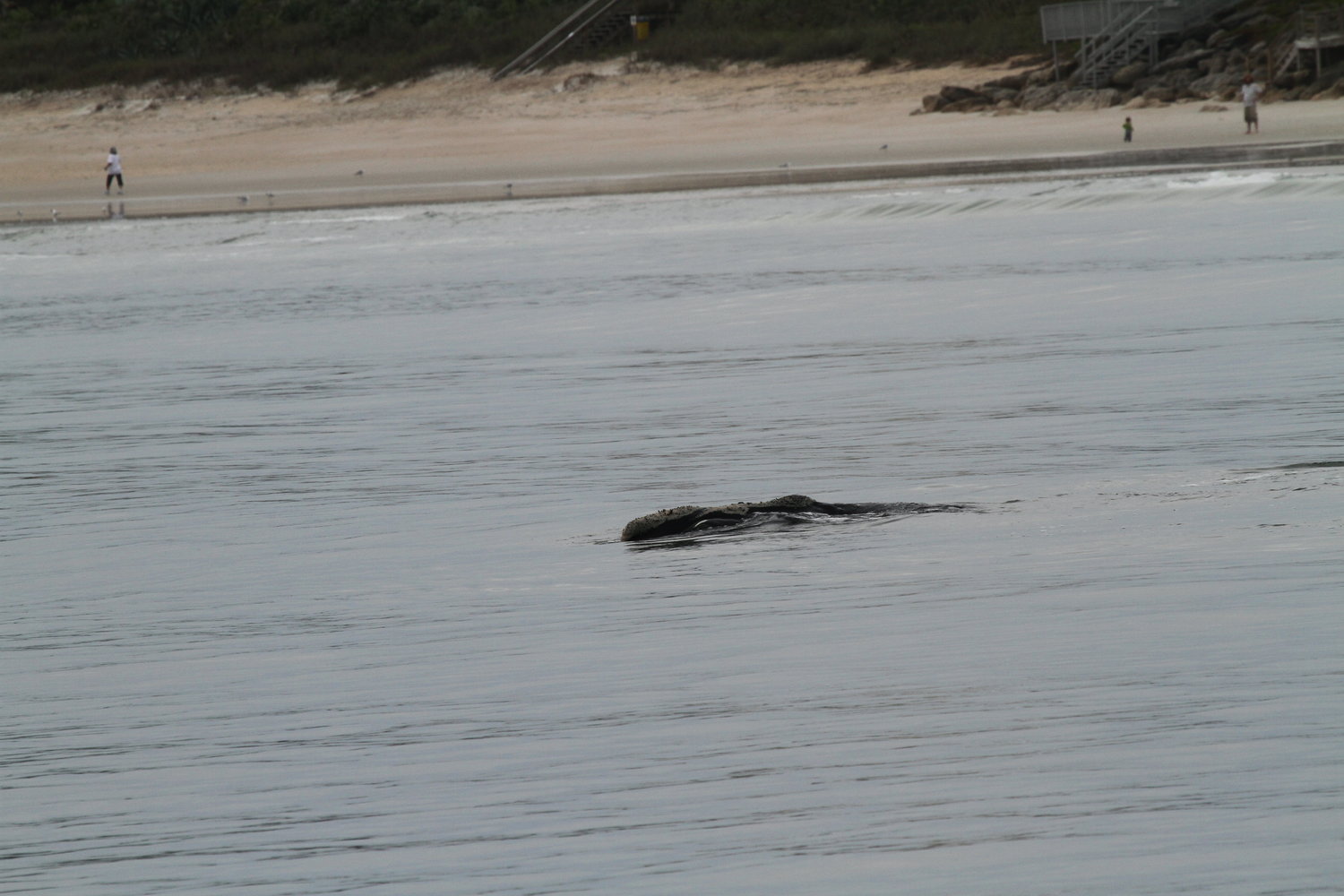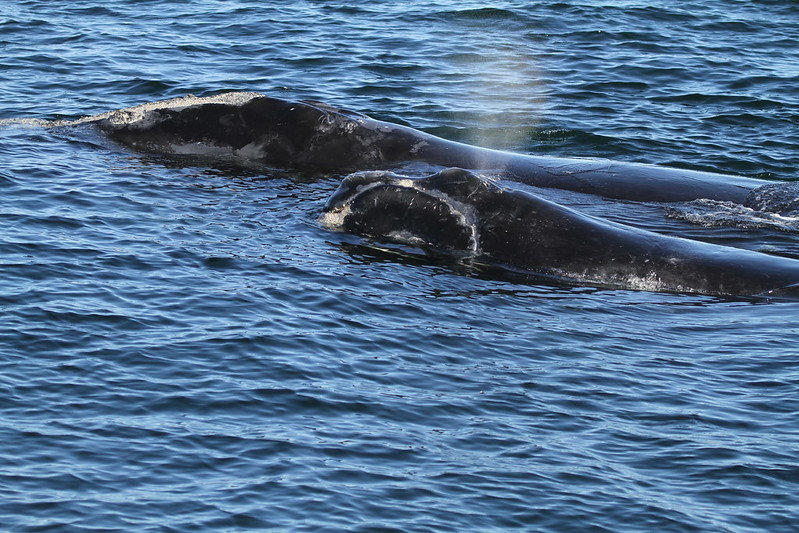Be a citizen scientist: Learn to spot right whales
If spotting a whale is still on your “bucket list,” First Coast residents have the opportunity to cross that one off, even if they don’t own a boat. While spotters need to learn what to look for, the 50-foot-long, 30- to 60-ton mammals come close enough to shore to be visible. From December through March, female right whales travel along the coast from the Cape Cod area to reach calving grounds off Georgia, and then continue south to Cape Canaveral.
Right whales were hunted to near distinction in the early 1900s. As the name indicates, they were the “right” whale to harvest because they are slow moving, float when killed and yield high amounts of oil and blubber to benefit whalers. Protections put in place in the 1930s have helped the North Atlantic right whale population increase from a low of 100 to about 400, but that number is still alarming. Other than man, great white sharks are the whales’ only predator.
Even though hunting is no longer practiced in Eastern Seaboard waters, man is the greatest threat to right whales. Ship strikes account for the most deaths followed by entanglements from commercial fishing gear. Air surveillance by plane or drone plus reported sightings by “citizen scientists” allows government agencies like the National Oceanic and Atmospheric Administration and the U.S. Coast Guard to notify ships greater than 65 feet that a whale is in their path. This real-time reporting gives captains time to alter course and avoid a strike.
Anyone who lives on or near the beach, or spends time near the ocean, can report a right whale sighting. Right whales usually swim with 90% of their body below water. Spotting the dark gray to black curve of the whale’s broad back is easiest in calm waters. Right whales have no dorsal fin, but may travel with a pod of dolphins. Black, paddle-shaped flippers and a black tail with a deep “V” notch in the center are identifying characteristics of right whales.
Using binoculars from an upper story of a beachfront condominium or home, spotters might notice white blotches on the top and sides of the adult whale’s head called “callosities.” Like human fingerprints, the pattern of callosities is unique to each whale and used for identification.
To learn more about how to spot a right whale, plan to attend a volunteer training class from 3 to 4:30 p.m. Saturday, Jan. 18 at the Ponte Vedra Branch Library. The class, titled “Right Whales on the Brink: What Can You Do?” is free and open to the public, and registration is not required. Julie Albert, coordinator of the North Atlantic Right Whale Conservation Program for the nonprofit Marine Resources Council, will present the class.
To report a right whale sighting, call 1-888-979-4253 and have as much of the following information as possible:
• Location of whale(s) – Latitude/longitude or nearby landmark
• Number of whales (adults and calves)
• Direction of travel
• Your name and a call-back number
Always remain 500 yards or more from right whales.
For those who can volunteer at least 4 hours a week for 10 weeks beginning Jan. 6, the Marineland Right Whale Survey Project provides the training, coordination and equipment needed to be a volunteer citizen scientist. The mandatory Survey Training Class to participate in the Marineland Survey Project is scheduled from 2 to 4:30 p.m. Saturday, Jan. 4 at Whitney Laboratory, 9505 Ocean Shore Blvd. in Marineland. The survey extends from the St. Augustine Pier, south to Ormond by the Sea, and volunteers can choose a segment of the coastline to survey. For information about the Marineland Survey Project, call 904-461-4058 or email marinelandrightwhale@gmail.com.












